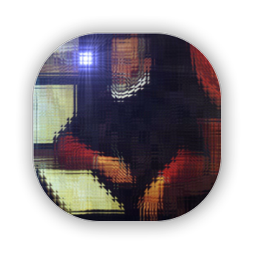In the 90s a musicologist named Peter Ackermann developed a software that was able to analyze renaissance-music by creating a grid, whose width could be predefined and that was able to qualify if sounds were consonant or dissonant and which invertion they represent.
We considered this a huge approach to analyze music, but unfortunately the original source code was lost.
So Ingo Jache and I decided to design a new modern software based on Ackermann’s ideas.
The software is able to qualify chords and sounds, their invertions, the tonal basement progressions, chord-progressions, the used tones in every voice and more. It stores the found data in an amount in simple columns.
Further on it is possible to batch process hundreds of works and store the data in .txt or .xml=.palestrinizer data-files, which can be processed further! For instance it is possible to show, which chord-progressions a composer prefers.
But columns and data-lists were not enough for us. We wanted something really astonishing, a killer-feature: we decided to show a whole piece, no, lots of pieces in their development of defined attributes: what would it be like, if we could see how the density of sounds emerges in time?
This versions is designed to analyze vocal polyphonic music of the 14th, 15th and 16th century. But we already prepared to develop modules based on the palestrinizer core to analyze music from the 17th to the 20th century as well, as long as the music is based either on major and minor-tonality or tone rows, no matter if pentatonic, acoustic, dodecaphonic or serial.
Restrictions: Our main format is plain and simple MIDI. Before you analyze music, you have to find a way to transfer the scores into the MIDI-format. We recommend the open source software Lilypond for music notation and it’s excellent MIDI-export functions. In PALESTRINIZER2.0 you already have to know the mode of your renaissance-piece. Further versions of the software should find out the real modes, but this is a tricky thing and because Ingo and I are passionate fathers, we do spend more time playing with our kids than with our computers, because this software is developed in nightshifts, when Ingo is not developing software in his own company and I am not composing my music (or if we do not watch american TV series which we later discuss, even as we discuss politics, economy and the sense of life).
The software will be released via GitHub this year.

PALESTRiNIZER
Modern Music-Analyzing-Software
© 2016-23 by Ingo Jache and DR. Daniel Hensel Contact Me